Lots of people will say the kitchen is the heart of the
home—and
that may be true, but the living room plays a huge role in how you entertain
and use your house on a daily basis. Try incorporating these ideas next time
you’re
in the mood for a refresh.

Set
the mood with color.
The colors you choose for your living room will affect how guests feel
in the space. Colors can energize or relax the space, depending on how intense
they are and how warm or cool they are.
A serene scheme of soft blue and white makes this spacious
living room feel calm, cool and collected—a gracious setting for elegant gatherings. A light tan
carpet underfoot warms the space and keeps the cool tones in balance.
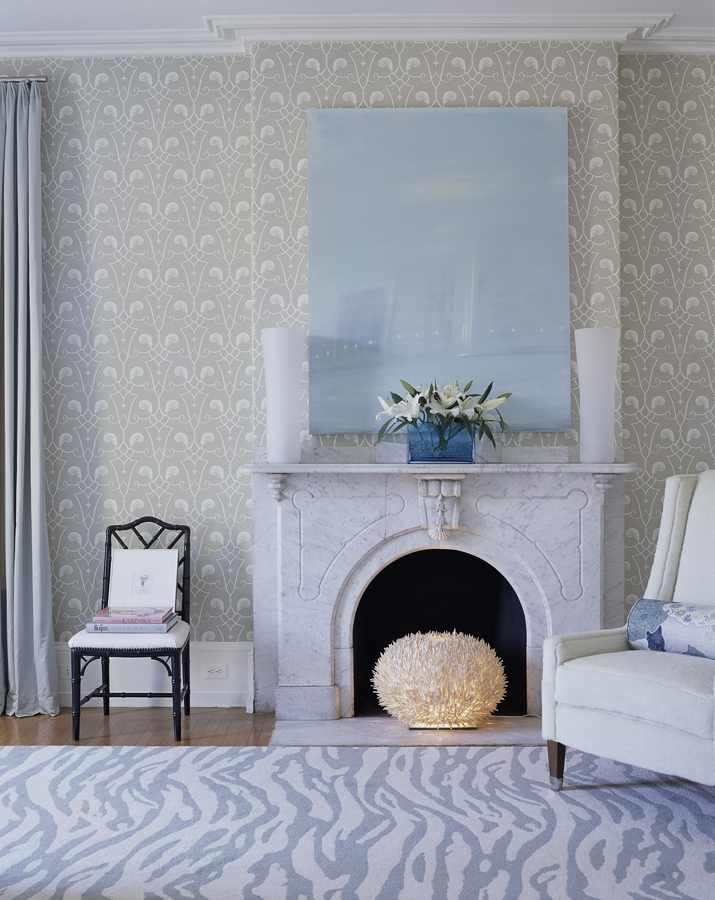
Finish
the walls and ceilings.
Traditionally, living room walls receive more elaborate or formal treatment than other
rooms because the room is a public space. To make it a welcoming room that
expresses your personality, choose wall coverings or treatments that reflect
your style.
The walls in this room are wallpapered with a chic print.
The effect brings warmth and texture to the walls and gives them a look of
antiquity.
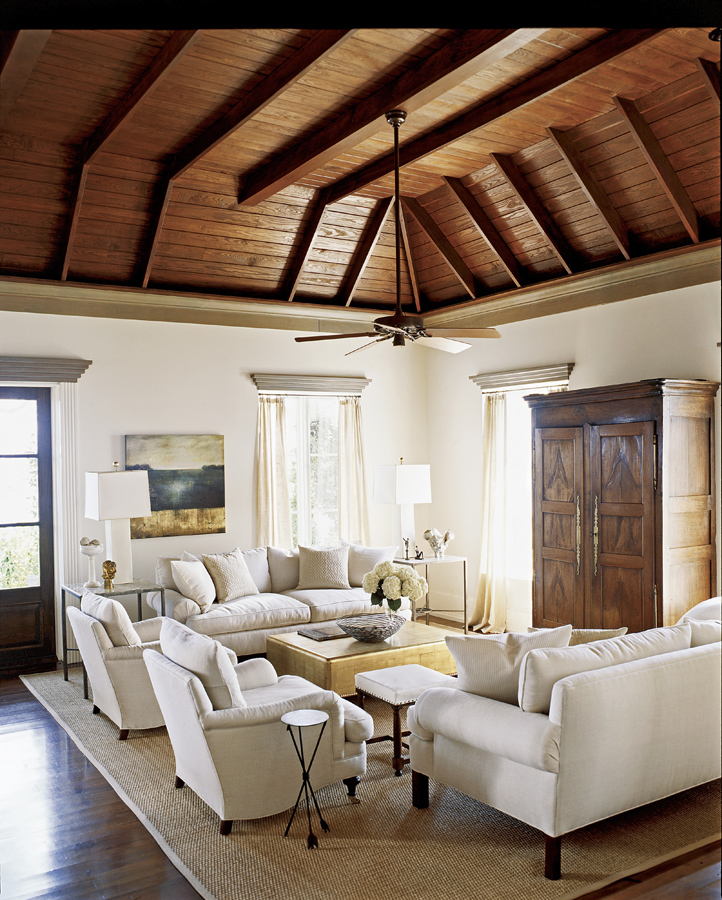
Add
character with architectural trimwork.
Trimwork serves practical purposes, covering the seams
where floors and ceilings meet walls and supporting the structure around
openings. But these elements serve aesthetic purposes too. The style of
trimwork helps give your home a distinctive look, whether classical,
contemporary, old-world or regional.
Projecting lintels over the door and windows, a deep
cornice and a paneled and beamed vaulted ceiling combine to give
this whitewashed living room a sense of place.
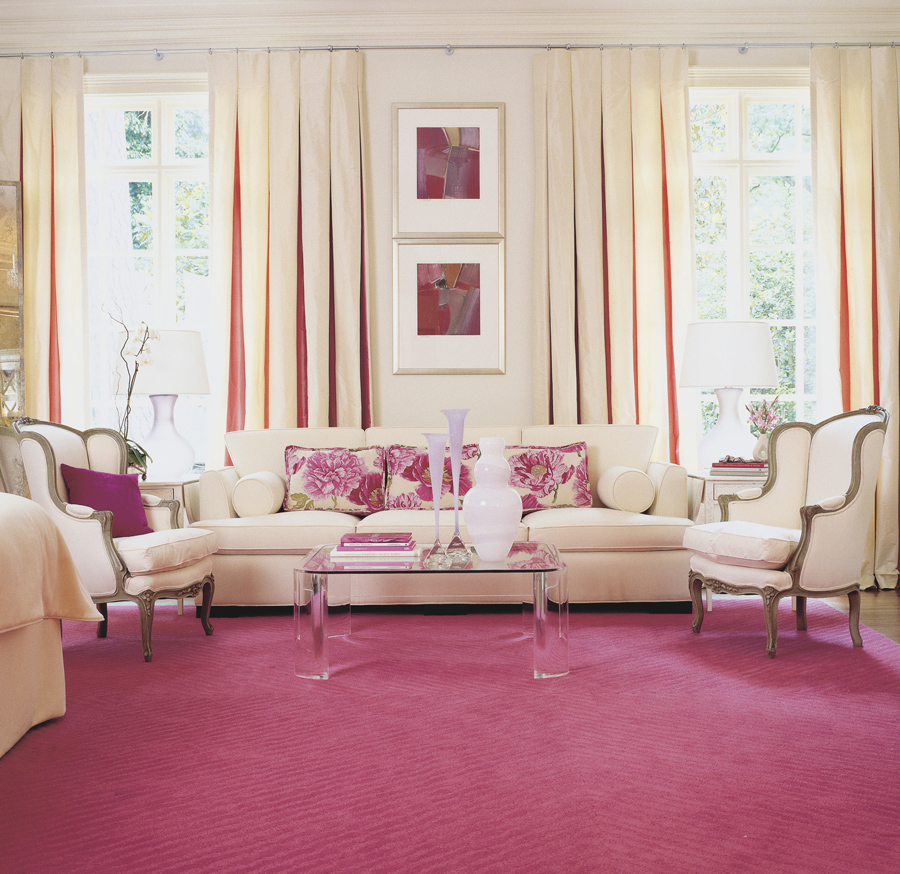
Choose
stylish, comfortable flooring.
In keeping with the function of the living room as a public space, choose a
floor covering that provides comfort underfoot and makes a design statement as
well. This vibrant wall-to-wall carpet lays the foundation for a refined mix of
florals and stripes.
If you prefer a less bold floor, choose a solid neutral
flooring that allows attention to focus on furniture or art. Hardwood floors
with area rugs are one of the most popular choices for living room floors,
but ceramic tile, stone tile and full carpeting work too.

Create
a focal point.
A focal point anchors the living room and helps draw you into the
space. A fireplace is a natural focal point, symbolizing hearth and home, but
in most living spaces, the television is the true center of attention. To keep
them from competing, pair them up. A beautiful view or a stunning piece of art
can also serve as a room’s focal point.
Here a the fireplace becomes the central point in this
living room that features a simple and chic look.
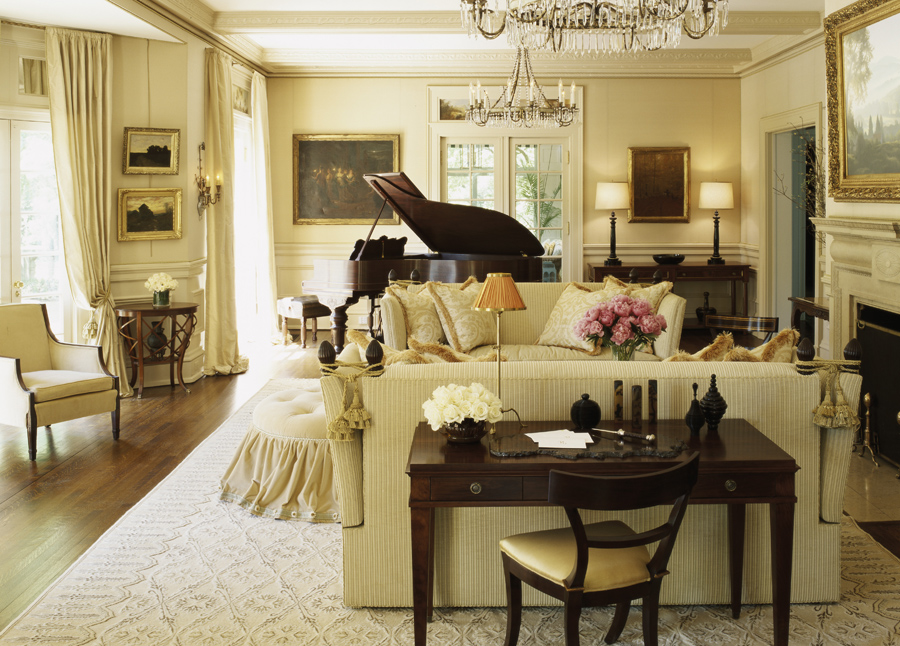
Arrange
furniture for conversation.
Living rooms are gathering spaces, so use furniture
arrangement to promote conversation and interaction. Pull seating pieces away
from the walls and arrange them to face each other.
If you have a large living room, break it into two
conversational groups for a more comfortable, intimate feeling. Chairs and
ottomans that can be pulled into the group as needed allow you to expand the
circle and still keep the intimacy.
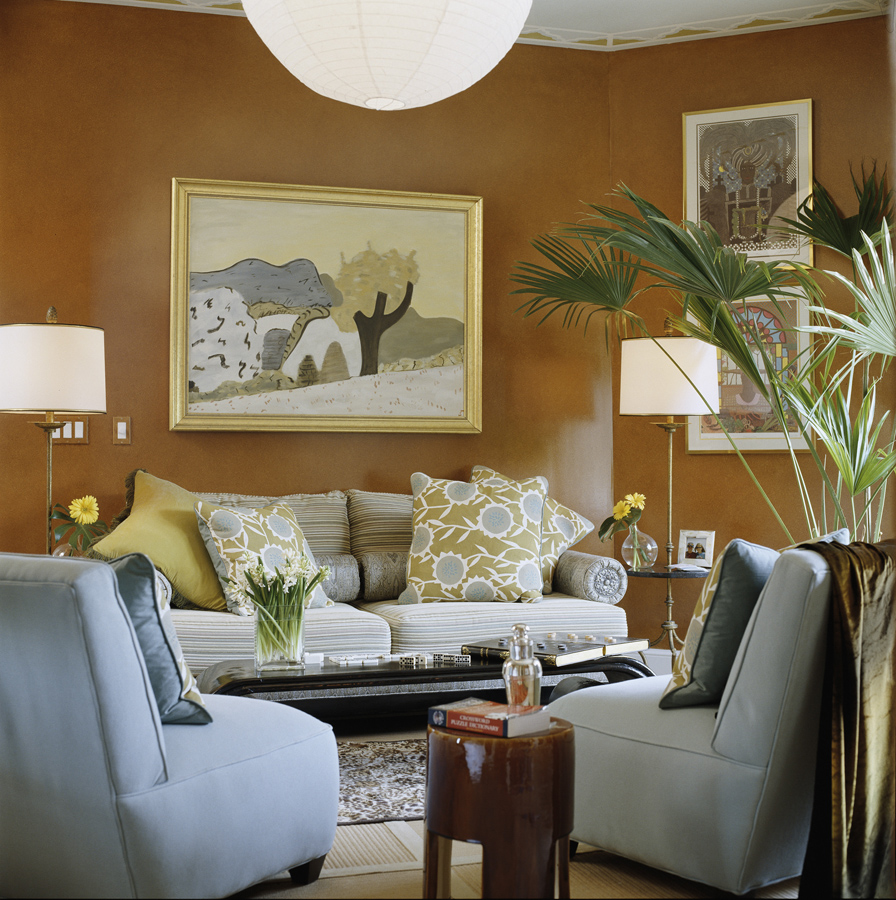
Include
inviting lighting.
Lighting in the living room should be geared toward creating a relaxed, comfortable
mood. Aim for layers of light, and position light sources so they form roughly
a triangle to ensure good distribution of illumination.
Table lamps that focus the light down will encourage people
to sit down and relax. The overlapping arcs of light illuminate the seating
instead of the upper walls, sending the message to sit.
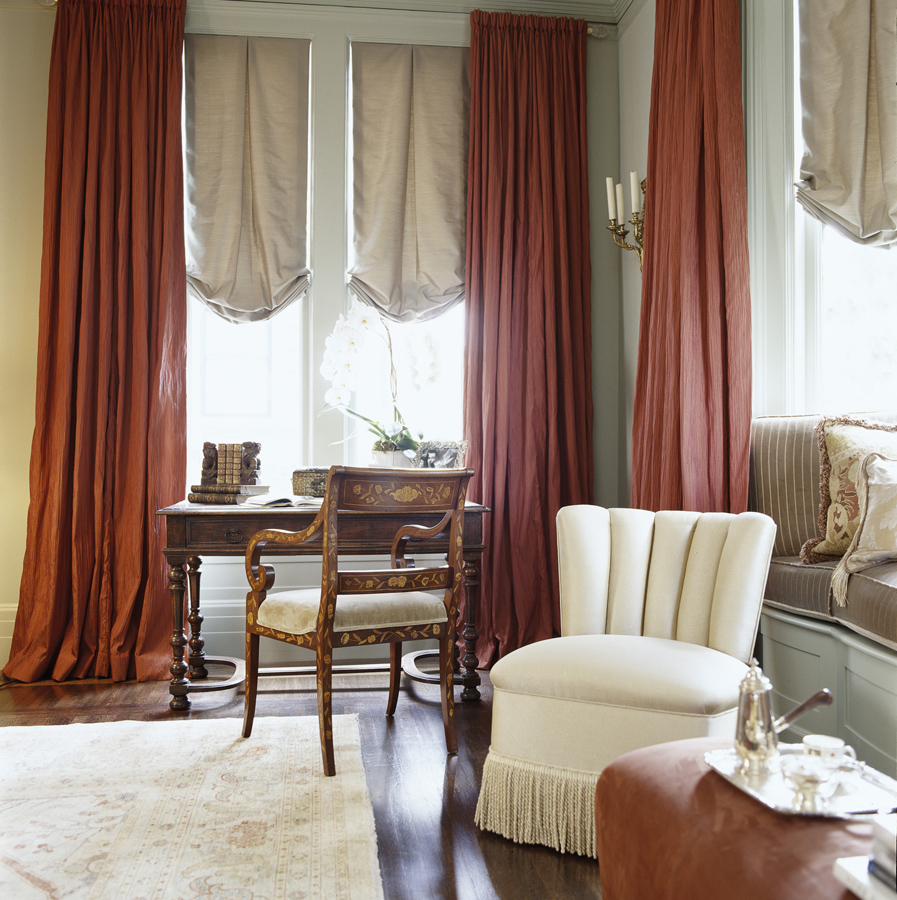
Dress
the windows—or not.
Although heavy window treatments are mostly a thing of the past, living rooms are the place for
elaboration and luxury if you’re so inclined. This combination of relaxed shades and
floor-to-ceiling draperies is understated yet elegant.
The elegance comes from the generous use of fabric in the
draperies—they’re not fancy, but the thick
folds and puddling ends communicate luxury. The shades block light and provide
privacy when desired.
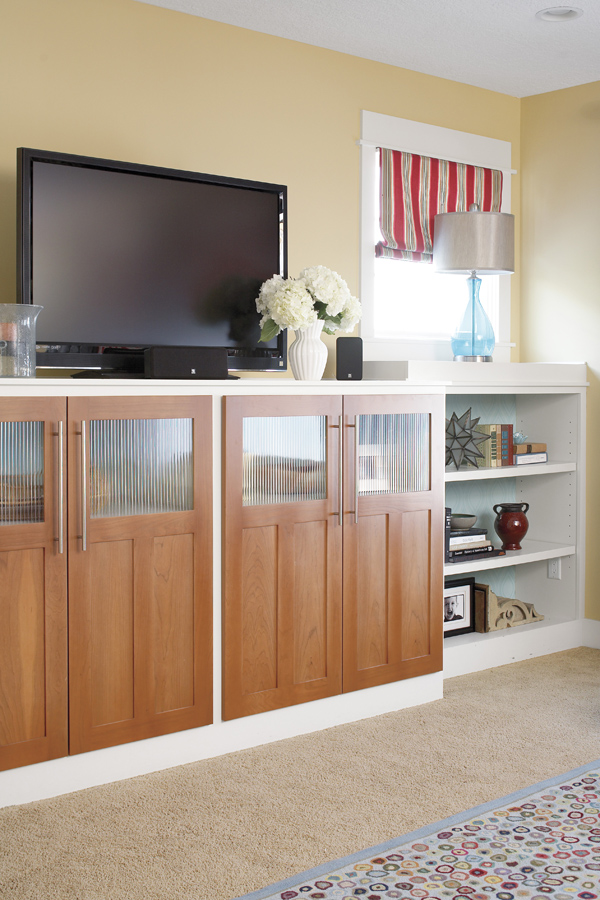
Design
a media center.
If your living room is also your family room, watching TV may be the main use
of the room. Whether you have the newest model or an older one, incorporate it
into the room’s
design so that it’s a feature but not dominant.
In this living room, a built-in bookcase is the perfect
spot to accommodate the television.

Accessorize
with art and collections.
Living room walls come alive when you use them to display
art or collections that you love. Group items for impact, and hang them low
enough to relate to nearby furnishings or architecture. The most common mistake
in hanging pictures is putting them too high.
This grouping of four large prints hangs low
enough to connect visually to the sofa. The painting on the adjacent wall hangs
at standing eye level and relates to the lamp in the corner.


